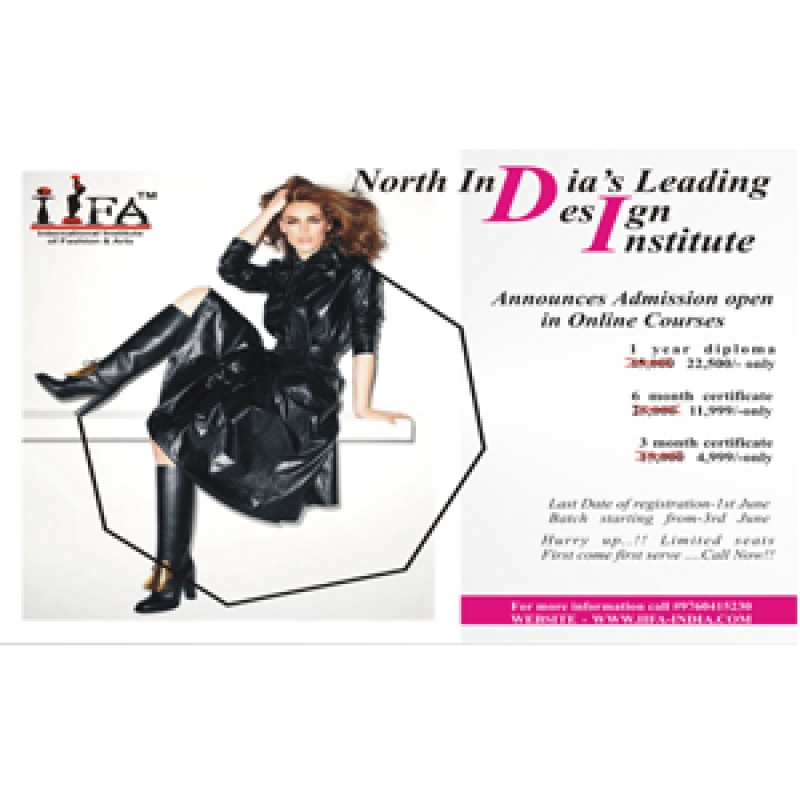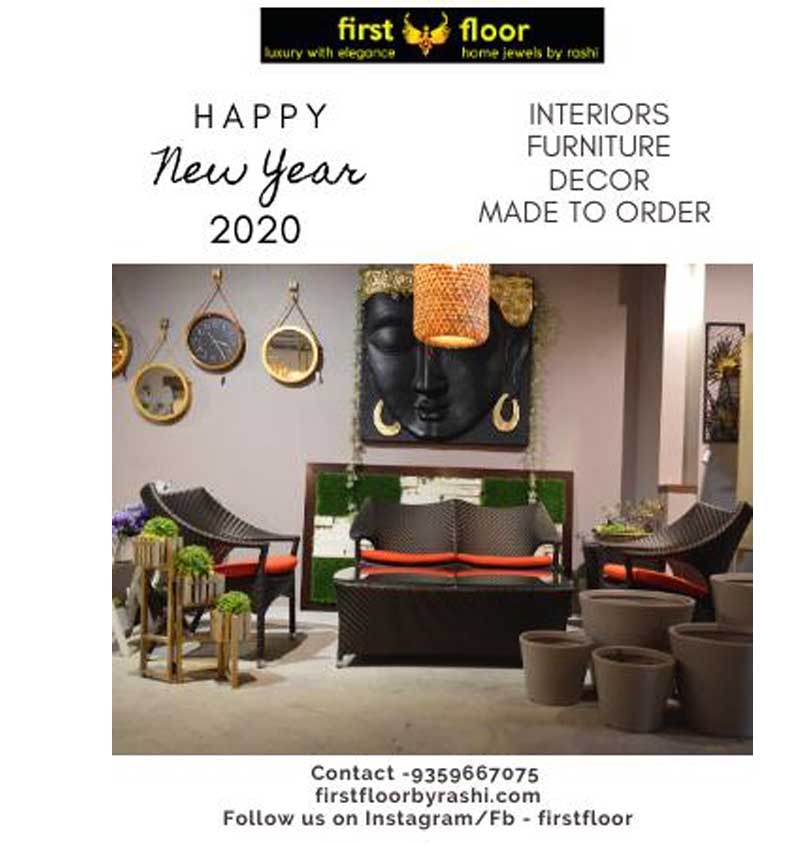A Brief History of Fashion Journalism
Fashion journalism has a rich history that dates back to the 19th century. Early publications such as La Mode Illustrée and Vogue became platforms for reporting on the latest fashion trends, showcasing designers, and exploring the cultural implications of style. Vogue, first published in 1892, was particularly influential, and by the mid-20th century, it had established itself as the leading authority on fashion, a status it still maintains today.
In its early days, fashion journalism was primarily concerned with the presentation of trends. Writers would document and report on the latest couture collections from Paris, Milan, and London, focusing on designers and their work. These articles, often accompanied by photographs of runway shows, offered readers a glimpse into an otherwise exclusive world.
The Evolution of Fashion Journalism: From Print to Digital
As technology advanced, so did the way fashion was reported. The transition from print to digital journalism in the late 20th and early 21st centuries changed the landscape of fashion reporting. With the rise of the internet, traditional publications like Vogue, Elle, and Harper’s Bazaar adapted to new platforms, launching websites and social media profiles to reach a broader audience.
In parallel, new voices emerged in the form of fashion bloggers, YouTubers, and Instagram influencers, revolutionizing how fashion is consumed and discussed. These digital platforms have democratized access to fashion journalism, allowing anyone with an internet connection to become a critic, journalist, or trendsetter. Social media, in particular, has given rise to an era of real-time fashion reporting, where influencers and everyday consumers alike can share their opinions, often before a runway show has even finished.
Fashion Journalism’s Influence on Culture and Trends
Fashion journalism is much more than just the reporting of trends; it is a vital cultural force that influences the way society views beauty, body image, and style. Journalists have the power to shape and challenge beauty standards by amplifying diverse voices, highlighting emerging designers, and celebrating a broader range of body types, ethnicities, and identities.
In addition to highlighting diversity, fashion journalists have long been at the forefront of examining the cultural and social implications of fashion. They explore how fashion interacts with political movements, economic shifts, and technological advancements. For example, fashion journalism played a key role in documenting the rise of sustainability within the fashion industry, giving voice to eco-conscious brands and sparking discussions around ethical consumption.
Fashion journalists also shape trends by giving attention to particular designers, collections, or styles. Their reviews and commentary can elevate a designer’s work to global recognition, while their critique can also have significant consequences for a brand’s success. By attending runway shows, interviewing designers, and engaging with industry insiders, journalists serve as tastemakers, helping to define what is “in” and “out” each season.
The Intersection of Fashion Journalism and Advertising
Another important aspect of fashion journalism is its close relationship with advertising and marketing. Fashion journalism has always been intertwined with the business of fashion, and magazines and websites have long depended on ad revenues from fashion brands. This relationship has sometimes led to criticism of the lack of objectivity in some fashion reporting, as journalists may hesitate to critique brands that are major advertisers or sponsors.
However, in recent years, a more independent and critical form of fashion journalism has emerged. Many journalists and publications have taken it upon themselves to investigate issues like labor practices, environmental impact, and the ethical practices of the fashion industry. These investigative pieces, often published in digital and print outlets, provide readers with a more nuanced view of the fashion world, beyond the glossy advertisements and glamorous runway shows.
The Future of Fashion Journalism
The future of fashion journalism is undoubtedly tied to technology and the ongoing transformation of digital media. Artificial intelligence, virtual reality, and augmented reality are beginning to impact how fashion is reported and experienced. For example, virtual runway shows allow fashion journalists to cover events in real time, regardless of location, while AI-driven analytics provide deeper insights into consumer behavior and fashion trends.
Social media will continue to play a major role in the democratization of fashion journalism, with influencers and independent creators influencing trends and shaping consumer behavior. The importance of authentic voices and transparent reporting is expected to grow, as consumers demand more accountability from the fashion industry.
Additionally, the role of fashion journalism in promoting sustainability and ethical practices will likely become more pronounced. As the fashion industry faces increasing pressure to address environmental concerns, journalists will be key in holding brands accountable and promoting positive change.
Conclusion
Fashion journalism is more than just a reporting tool; it is an essential bridge between the fashion industry and the public, shaping trends, reflecting culture, and influencing global style. As it continues to evolve in response to technological advancements, societal shifts, and ethical challenges, fashion journalism will remain a vital part of the fashion ecosystem. It is a space where style meets storytelling, where trends are born, and where the culture of fashion is dissected, analyzed, and critiqued. Ultimately, fashion journalism not only informs but also inspires, offering a unique lens through which we can understand the world of fashion and its broader cultural significance.



















Your Message